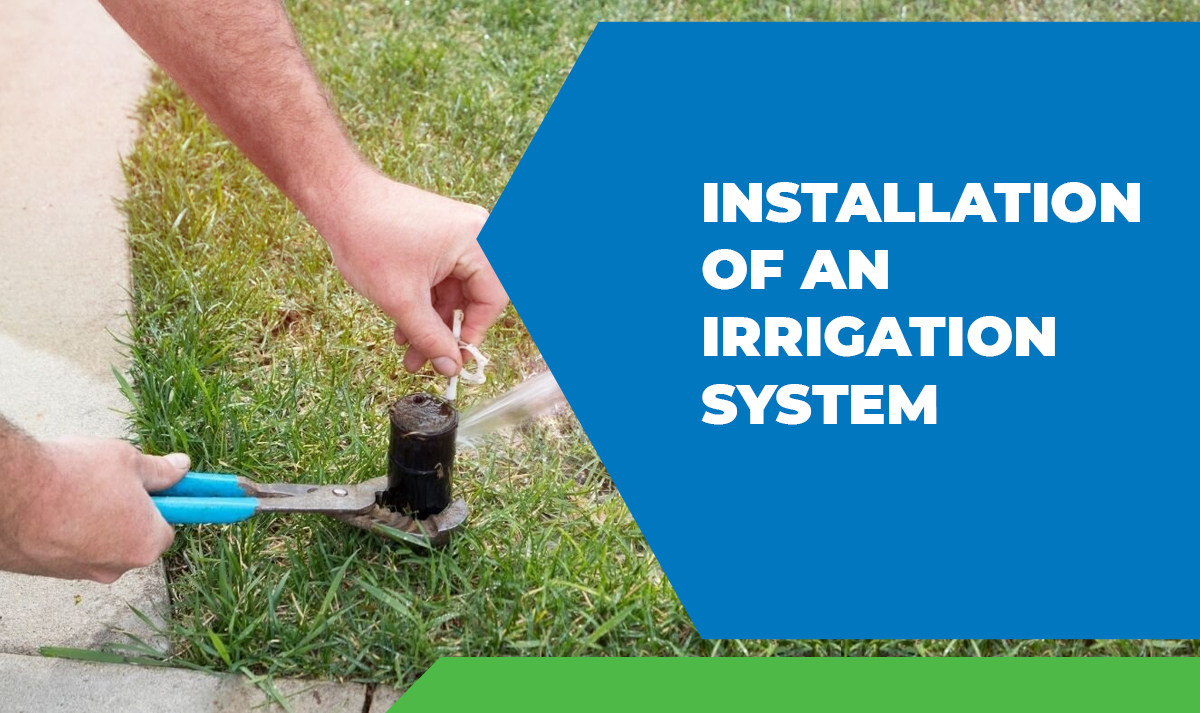Are you a Toronto-area homeowner looking for the most effective way to water your garden? Drip irrigation could be your best option.
As one of the most popular irrigation systems in Toronto, it waters your garden using a network of emitters or tubes to spread water directly to plant roots.
In this post, we discuss the top benefits of drip irrigation systems for Toronto gardens. We also discuss how this system works.
Let’s get started.
Why Install a Drip Irrigation System in Your Toronto Garden?

Here are the key reasons why you should have a drip irrigation system for your garden in Toronto.
It Greatly Reduces Wasted Water
Drip irrigation systems use less water to keep plants hydrated than traditional overhead sprinklers because they water plants at the roots. By targeting the root area directly, water is not wasted on spots that are not beneficial to the plants.
It Improves the Health of the Plants
This irrigation system installation allows water to seep into the soil gently and deeply, thereby supplying adequate moisture to the roots. This technique ensures a steady flow of watering which ultimately leads to healthier and greener plants.
Moreover, drip irrigation helps to keep the leaves dry, thereby reducing the risk of mildew and other pollutants such as shot holes. (This is a kind of leaf disease that may produce brownish spots on plants that ultimately become dry and leave holes in leaves.)
It Saves You Time
Compared to large irrigation sprinklers in Toronto, drip irrigation does not require you to drag sprinklers or hoses around to irrigate your garden in different places. Rather, tubing is placed on the ground and then adjusted based on the plant’s watering needs. You may also install a smart timer to start and stop the system automatically as per your garden’s needs.
Its Design Is Simple
One of the key benefits of installing drip irrigation is that it can be upgraded by adding accessories, fittings, and smart equipment for remote control functioning.
It Offers a Seamless Appearance
With this irrigation system, you may easily conceal pipes and tubing with organic compost, paper, or foliage to reduce its visual intrusiveness. It also makes the garden more appealing and complements the decoration of the whole garden.
It Is Suitable for Slopes
Sprinklers often create runoff when irrigating the upper parts of hillside gardens. However, drip emitters apply water quite slowly, thereby allowing moisture to soak into the soil.
It Is Easy to Install
With just a few tools and clear instructions, you can have a drip irrigation system installed in just a few hours. This makes it a popular choice for anyone looking to save time and effort while still ensuring their plants receive the water they need to thrive. Moreover, these systems are adaptable, allowing them to be customized to the particular needs of your garden.
How Does a Drip Irrigation System Work for Your Toronto Home?
Below are the vital parts of a drip irrigation system.
Valves
This component controls water flow. It can be equipped with an automatic timer to pre-program watering times.
Filters
They help prevent debris or sediment from clogging up the tubing.
Backflow Preventer
This device prevents water in the irrigation system, which is filled with bacteria and dirt from the soil, from getting sucked back into the drinking water supply. This is done when the drip system is turned off.
Pressure Regulator
A pressure regulator reduces water pressure and offers a continuous low-pressure flow, even if the water supply’s pressure varies.
Dripline
This drip transports water from the valve to the plants. Also called the distribution line, the dripline is connected to a pressure regulator through a tubing adapter. Brown or black dripline is quite popular because it blends well with mulch and soil.
Emitters
The emitters on the drip irrigation system are small plastic devices that get connected to the dripline to discharge water into the soil. Emitters can be rated on the basis of their gallons per hour (GPH) flow rate and also the maximum water pressure they can handle in pounds per square inch (PSI). Generally, most plants need one or two emitters in order to get the appropriate amount of water.
End Cap
The end cap or flush valve helps to prevent water from running out of the dripline’s end. Remove the end cap at least once a year to flush out algae or sediment that has grown in the tube.
Drip irrigation is an efficient and effective method of watering your garden. It provides many benefits, such as water conservation, healthier plants, less weed growth, and time and money savings. Hopefully, this post helps you to discover the key reasons why you should get a drip irrigation system for your garden. If you are looking for a commercial irrigation contractor in Toronto to install this system, contact Green Valley Irrigation. Our expert team will help you to enjoy a healthier and greener garden with our advanced irrigation solutions.

